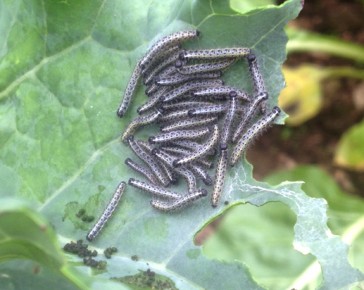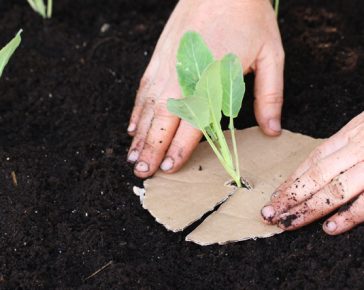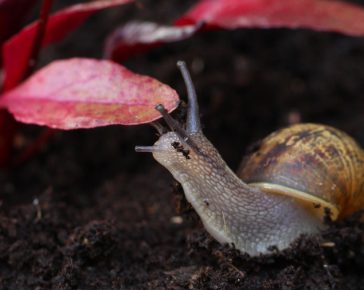Last week I wrote about the various different ways I have tried, and have yet to try, to keep my most problematic pests off my veg. One thing I mentioned was organic slug pellets. I said that I wasn’t convinced by them as I didn’t know if they were really an ethical choice.
One reader wrote in to ask if Rocket Gardens could make the point that organic slug pellets are dangerous to hedgehogs. The slugs that eat the pellets are in turn eaten by hedgehogs which are in decline. This got me thinking and I decided to do a little more research….what exactly is in these allegedly “organic” slug pellets, and how do they work? Are they safe for hedgehogs, and other wildlife?
There are basically two types of slug poison found in slug pellets. The first is Metaldehyde which is used in most non-organic pellets. The second is Ferric Phosphate, the type usually found in organic pellets.
Metaldehyde is a “low toxic” poison which makes the slugs swell up with water retention and then they die. Although it falls under the category of “low toxic” it is usually labelled as “harmful to pets & children” and all advice points to keeping it from getting into our drinking water as it is poisonous.
Ferric Phosphate, as far as I can understand, is basically an iron overdose that damages the slug’s digestive system and kills it. I haven’t found any concrete information about whether or not it is poisonous to humans, pets or hedgehogs. Even the labelling on the back of packets seems contradictory – some say it won’t damage hedgehogs and frogs, but then in small print it says “dangerous to pets and children”, so by my logic, if it’s bad for a dog or a child, then it’s probably not that great for a hedgehog either.
I have googled a lot and looked for information as I think this sort of thing is important and environmental impact of any pesticide used in the home garden should be made very clear to consumers like you and me. Unfortunately there was very little real information and it frustrated me that I couldn’t seem to easily find any categorical evidence either way as to the effects of using slug pellets (either organic or non-organic) to hedgehog, bird and frog populations. I err on the side of suspicion and if you can’t find any concrete information about these things I immediately think that things are being covered up or brushed under the carpet.
One thing I did read is from hedgehogstreet.org who write, “The jury is still out on the effects that slug pellets have on hedgehogs. Metaldehyde is the active ingredient in most commercial slug pellets and research shows that the amount a hedgehog would need to consume to be lethal would be a very large amount either directly from eating slug pellets or poisoned slugs. However, there have been a few cases of dead hedgehogs being found to have had very high levels of metaldehyde in their system. There is also some concern, partly due to research on rats, that although the slug pellets may not kill hedgehogs they might affect their reproductive ability, having a negative effect on their population.”
They go on to make a point that I wholeheartedly agree with, “Less hedgehog food = fewer hedgehogs. All things considered, to be truly hedgehog-friendly you need to stop using slug pellets or pesticides.”
In conclusion, I think you can’t really go wrong with the old “bucket and head torch” method of removing slugs at dusk, with maybe some wool pellets (I’m a big fan of these) that are designed to deter the slug with their prickly hairs rather than killing them.
p.s If you’re interested in reading more on the metaldehyde topic, I recommend this article by The Guardian: https://www.theguardian.com/environment/blog/2013/jul/10/slug-pesticides-metaldehyde-drinking-water



